TAKE THE PLEDGE
Pledges and counting!
Pledges and counting!

Sea cages are crowded and often break, and ocean-farmed salmon interbreeds with wild populations, creating gene pollution and making it harder for the species to survive.
Chemicals and antibiotics used in these farms leach into the ocean, harming surrounding wildlife and ecosystems.
Sea cages generate tons of plastic waste, and a lot of it is not disposed properly, polluting ocean waters even further.


Trace amounts of the pesticides and other chemicals used in in the sea cages can be found in the flesh of ocean-farmed salmon.
Studies show that ocean-farmed salmon absorb and retain harmful pollutants such as PCBs (polychlorinated biphenyls) at levels 16 times higher than wild salmon.
Ocean-farmed salmon also has a different nutritional profile than wild salmon — including more than double the amount of saturated fats.
There are better, healthier and cleaner ways to get omega-3s. Good sources include chia and hemp seeds, quinoa, mussels, mackerel, sardines, anchovies.
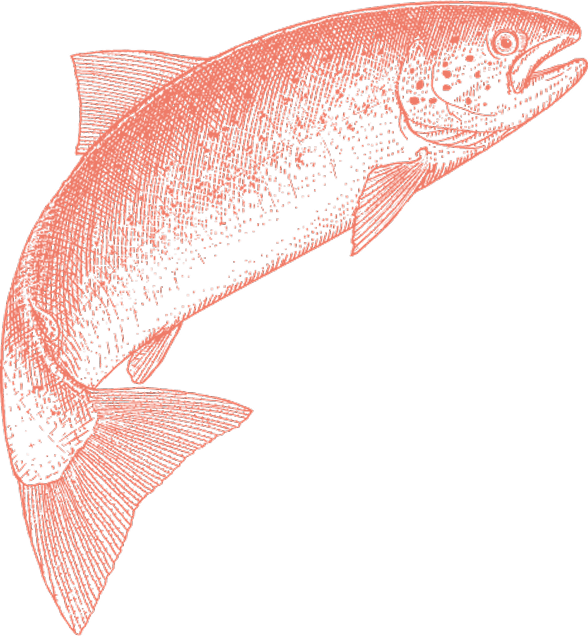

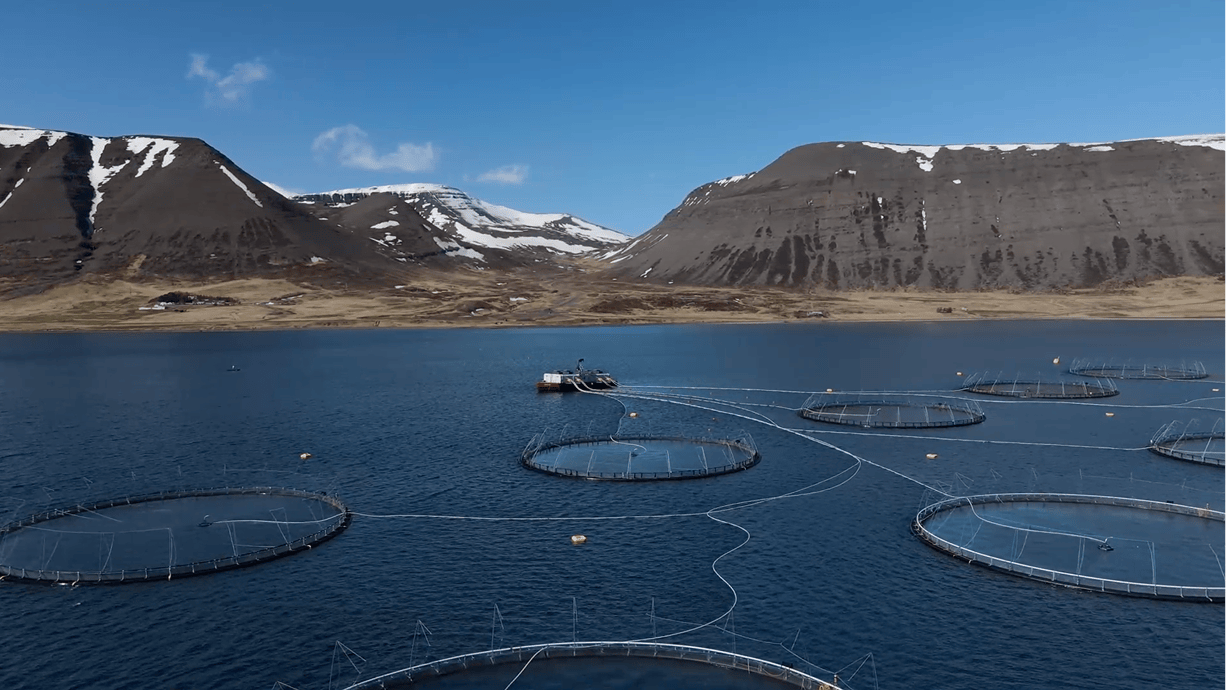
Sourcing food to feed ocean-farmed salmon contributes to the industry’s large carbon footprint and also takes protein off the plates of people in low-income countries.
Communities with coastal economies that rely on tourism and sustainable fishing practices take the hit in their livelihoods when sea cages are installed in the area.



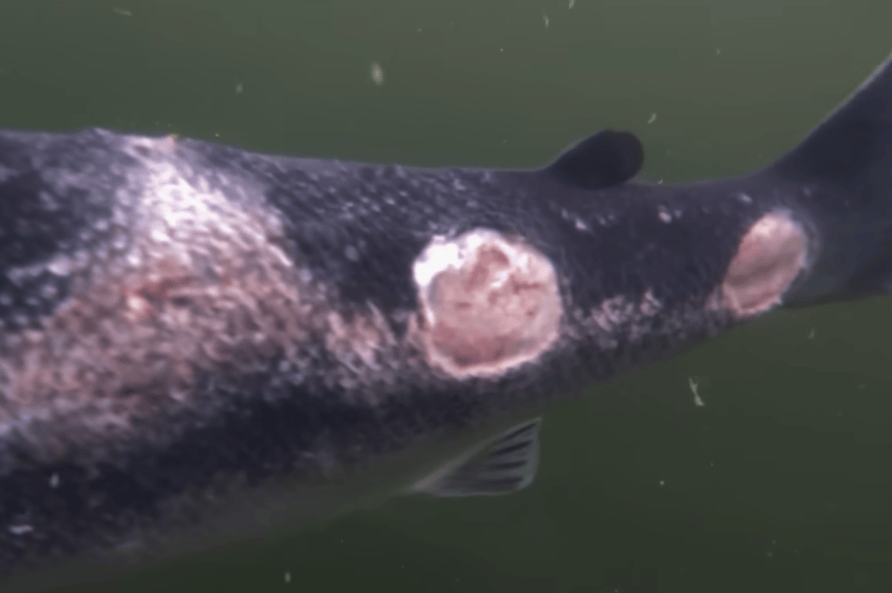
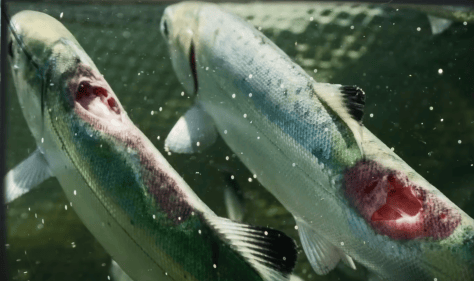

Each year, millions of farmed salmon die prematurely from viruses and parasitic infections.
The sea cages also serve as a breeding ground for sea lice that swarm the fecal-infested cages and literally eat the salmon alive, despite ongoing treatment with antibiotics and pesticides.
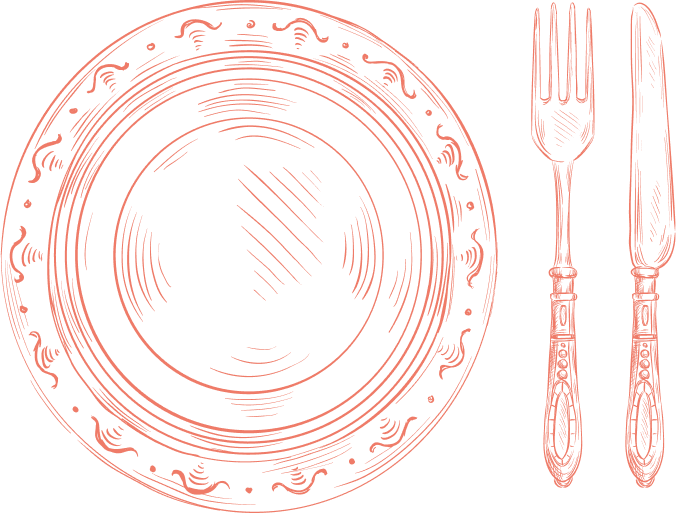

Giant trawlers off the coast of Africa haul in tons of small fish that are ground into salmon feed. 90% of these wild fish could help feed people on the continent, and tons of fuel could be saved.
It is estimated that 440 smaller wild-caught fish are required to raise a single ocean-farmed salmon before harvest.